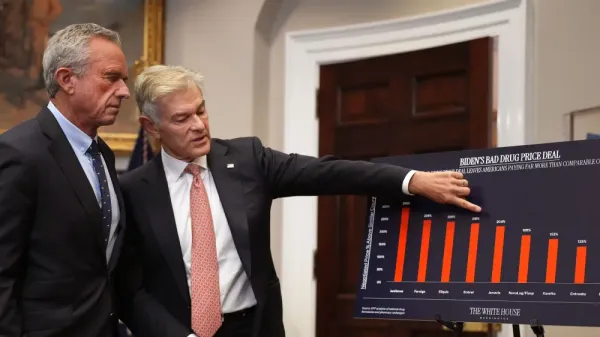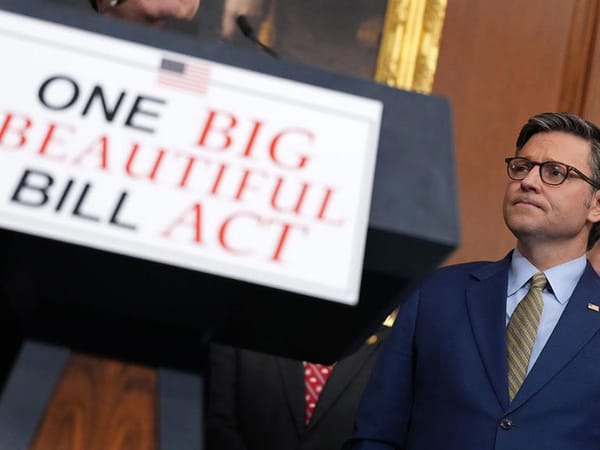The GLP-1 Boom: What Employers Need to Know About the Hottest Drug in Healthcare!

“My coworker dropped 30 pounds in 3 months.”
“My health plan costs just spiked—what the heck is Wegovy?”
“Are we paying for this? Should we be?”
If you’re in HR or manage benefits, you’ve heard the buzz. You’ve seen the pharmacy reports. You’ve felt the CFO heat.
GLP-1 medications—like Ozempic, Wegovy, and Mounjaro—aren’t just the latest celebrity wellness obsession. They’ve become the most disruptive force in employer-sponsored healthcare in a decade. And they’re hitting your plan right now—whether you know it or not.
Let’s break down what’s happening, what it means, and what you can do to stay in control.
What’s the Big Deal with GLP-1s?
GLP-1s (short for glucagon-like peptide-1 receptor agonists) started as treatments for Type 2 diabetes. But they quickly gained fame—and FDA approval—for their game-changing effects on weight loss. Here’s why they’re dominating headlines:
· Clinical trials show 15-20% weight reduction
· They curb appetite, lower blood sugar, and slow digestion
· New studies link them to lower risks of stroke, heart attack, and kidney disease
· Hollywood jumped in, social media exploded, and demand went wild
These drugs are now seen as a silver bullet for obesity and chronic disease—but they come with a price tag.
Why Employers Are Feeling the Heat
Most GLP-1s cost $1,000+ per member per month. When a handful of employees start using them for weight loss (not diabetes), pharmacy costs skyrocket. Employers are asking:
· Should we even cover these drugs for weight loss?
· Can we put guardrails in place to protect our budget?
· What are other companies doing to manage the risk?
This isn’t theoretical anymore. It’s happening today in health plans of all sizes.
How Employers Are Managing the GLP-1 Explosion
Pharmacy Benefit Managers (PBMs) are moving fast, rolling out new utilization rules to help employers build a GLP-1 strategy instead of just reacting to demand. Here are the most common tactics:
1. Conditional Coverage (Not a Free-for-All)
· Employers can limit coverage to employees who meet stricter criteria, like:
· BMI of 35+ instead of 30
· Documented comorbidities (e.g., hypertension or sleep apnea)
· Prior unsuccessful weight loss attempts
· This keeps the focus on employees with the highest medical need.
2. Program Engagement Requirements
To make sure GLP-1s aren’t treated like magic pills, some plans require:
· Enrollment in a weight management program
· Regular meetings with a coach or clinician
· Use of a digital health app to track habits and progress
Think of it as: If you want the drug, you’ve got to do the work too.
3. Tiered Access or Step Therapy
Instead of jumping right to GLP-1s, plans may require:
· Trying other methods first (dietitian support, behavioral therapy)
· Reauthorization every 3–6 months to show results and engagement
So What Should Employers Do?
Whether you're ready to cover GLP-1s for weight loss or not, the key is having a clear strategy—not waiting for claims to balloon. Here’s a smart five-step approach:
1. Audit your current coverage: Know what's allowed now.
2. Meet with your PBM or advisor: Ask about utilization management options.
3. Decide where you draw the line: Diabetes only? Comorbidities? BMI thresholds?
4. Encourage whole-person health: Pair access with coaching or wellness tools.
5. Track the data: Watch how usage and cost evolve over time.
Final Word: This Isn’t Going Away
GLP-1s are here to stay. They're powerful, popular, and potentially life-changing. But they're also wildly expensive, and coverage without a strategy is a fast track to budget shock.
The smartest employers are not just asking “Should we cover them?”—they're asking:
“How do we cover them in a way that’s sustainable, fair, and focused on outcomes?”
That’s the future of benefits leadership.
And it starts now.



